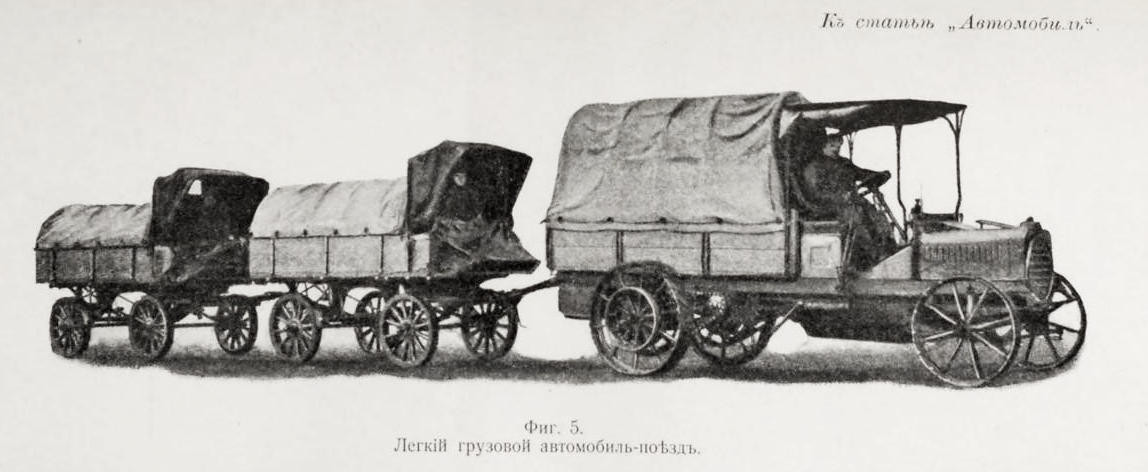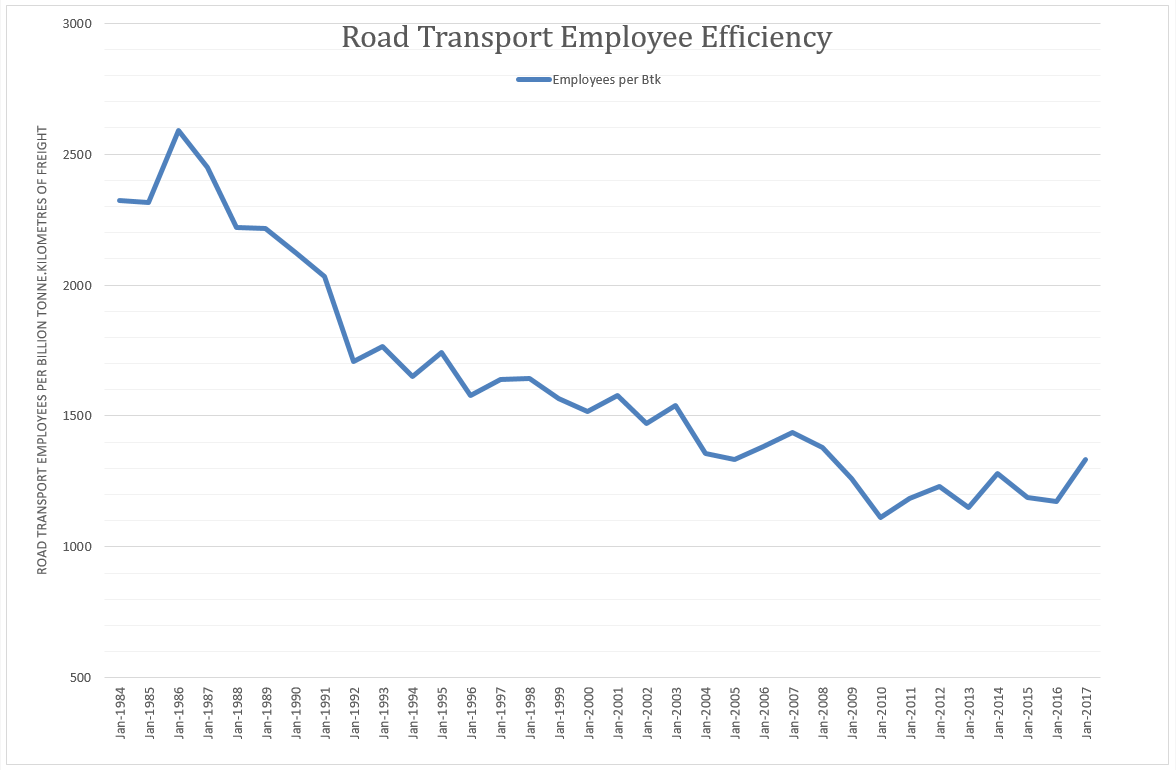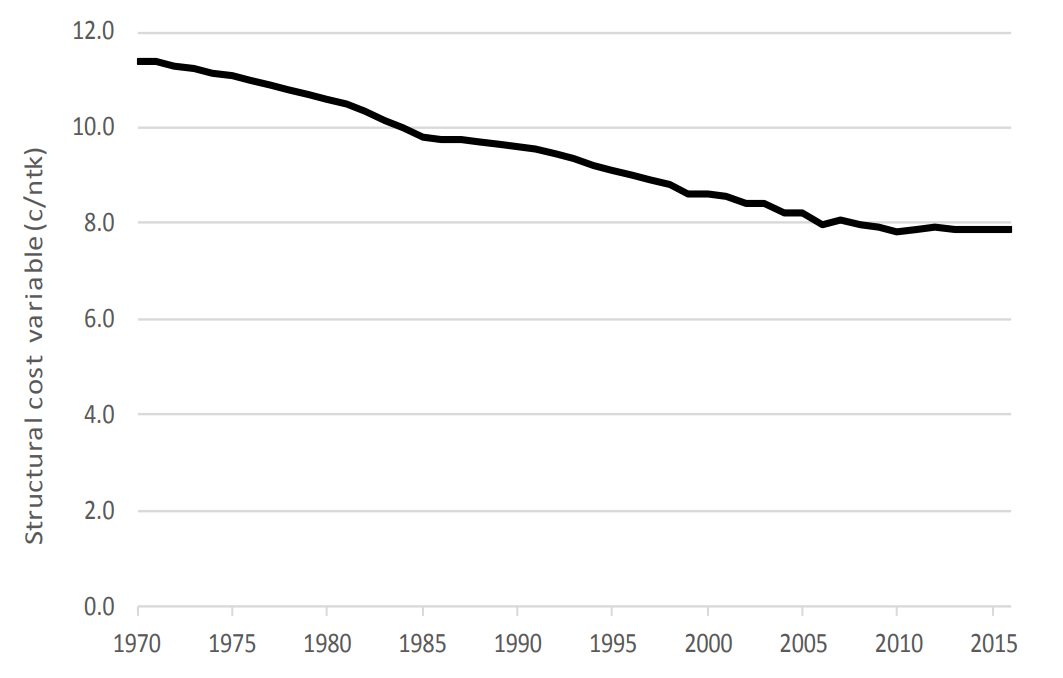The productivity squeeze in Australian road transport
I saw this interesting article posted on LinkedIn by NTI’s Adam Gibson and thought I’d share it here. I wholeheartedly agree with Adam’s conclusion.

Just a quick article here, I was doing some other analysis and by coincidence ended up with the datasets for the Australian road freight task and employment data open at the same time.
Out of curiousity, I plotted the number of employees in the road transport industry per billion tonne.kilometres of freight moved. This gives an indication of the human input cost into completing a given freight task.

Firstly my eye was caught by the strong improvements from the mid 1980s through to the early 90s, this appears to correlate (with a slight lag) of the take-up of 6 axle articulated semi-trailers in interstate road freight.
Reference to BITRE’s freightline publication shows that the slower but still marked improvement from the early 90s through to 2010 corresponds with the period from the adoption of B-doubles until ‘peak B-double’ was reached.
The next thing that caught my eye is that from 2010 onwards, there appears to be a slight worsening of this measure of efficiency.
The freightline data also includes cost data for road transport. We can overlay that over the employee efficiency data.

Obviously the trend which stands out is the sharp upturn in freight cost in 2005, this would appear to be linked to rises in the price of diesel. To get around that we can look back to the BITRE Freightline data and their excellent analysis of the distribution of freight by vehicle configuration and the awkwardly named ‘Road Truck structural cost variable’.
This looks at the relative cost to carry freight for each heavy vehicle configuration, then multiplies this by the proportion of freight carried by each particular combination to put a figure on how efficiently the Australian road freight is completed.

Road Truck Structural Cost Variable
Again we see that the efficiency of our road freight task has plateaued.
My personal belief is that through the PBS scheme we already have the tools to deliver the next period of improvement in efficiency, however we need significant reform in the road manager space for it to be unlocked.
Get more like this in your inbox
Subscribe to our Newsletter and never miss a post.